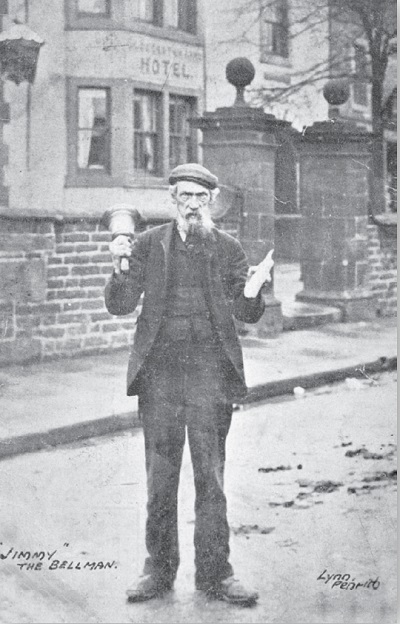Victorian Times
By the time of Queen Victoria’s accession to the throne in 1837, Penrith was thriving due to its location on a crossroads of major coaching routes. The town’s burgeoning population brought benefits but also social problems that needed to be addressed.
The first rail link to the town was the Lancaster to Carlisle line, which was opened in 1846, followed by the Eden Valley Railway in 1862 and the Penrith−Keswick−Cockermouth connection in 1865. The railways greatly facilitated the export of local farm produce and the import of goods into Penrith, and later contributed to the growth in tourism to the area.

Railway bridge at Castletown
Penrith and Eden Museum
In 1846 fighting broke out between English and Irish labourers engaged in building the Lancaster to Carlisle Railway. The so-called ‘Navvy Riots’ were quelled only after the Westmorland and Cumberland Yeomanry stepped in to restore law and order in the town.

Railway plaque for the Cockermouth, Keswick & Penrith Railway
Cumbria County Council (Carlisle Library)
In Victorian times, Penrith was bustling with shops, coaching inns, stables, breweries and a busy livestock market in the heart of the town. Among the working population at the time are listed drapers, cobblers, weavers, ironmongers, millers, clockmakers, printers, brewers and tanners, among many other trades.
By the mid-19th century Penrith’s population had grown to 7,300 but living conditions were poor and insanitary, causing periodic outbreaks of cholera and typhoid. Thacka Beck was still used as the main sewer, while the slaughter of cattle, sheep and pigs in The Shambles left the streets in a disgusting state. Fevers were common and the death rate excessive.
St Andrew’s churchyard was becoming overcrowded, so a new church (Christchurch) was built and consecrated in 1850. One year later, the Penrith Local Board of Health was established. By 1854 a new water works had opened to dispose of sewage more effectively, and fresh water from the River Eamont was piped into the town instead of being brought in by horse and cart. Improved street lighting was another of the many improvements made around this time.

Glassons barrel top
Penrith and Eden Museum
More people led to an increased demand for housing. The first Penrith Building Society was established in 1850 and, on behalf of its members, acquired several acres on the lower slopes of Beacon Hill to develop for housing. New streets were laid out to the north-east of the town and individual building plots allocated to members by ballot. Arthur Street was the first street to be built in 1851, followed by Graham Street in 1853, Low Lowther Street in 1861, and High Lowther Street and Wordsworth Street in 1865. This building society was dissolved and replaced by the present Penrith Building Society in 1877.

Penrith Building Society logo
Penrith’s most iconic building is the Musgrave clock tower in the centre of the town. It was erected in 1861 as a memorial to Philip, the eldest son of Sir George and Lady Musgrave of Eden Hall, who had died two years earlier in Madrid aged 26.

Musgrave Monument c.1890
Penrith and Eden Museum

King Street c.1900
Penrith and Eden Museum

‘Jimmy the Bellman’, c.1900, the last of Penrith’s town criers. His bell is on display in Penrith and Eden Museum
Penrith and Eden Museum


